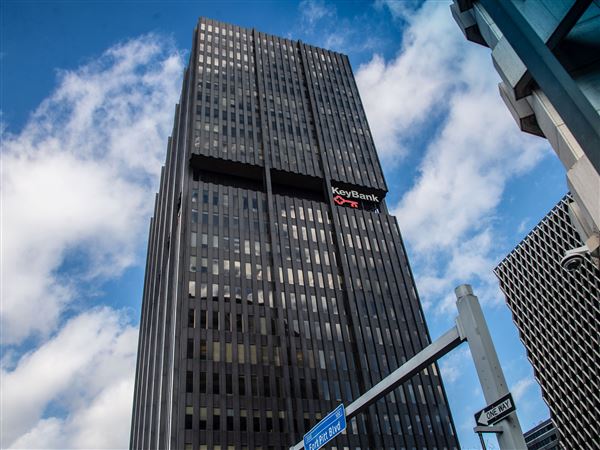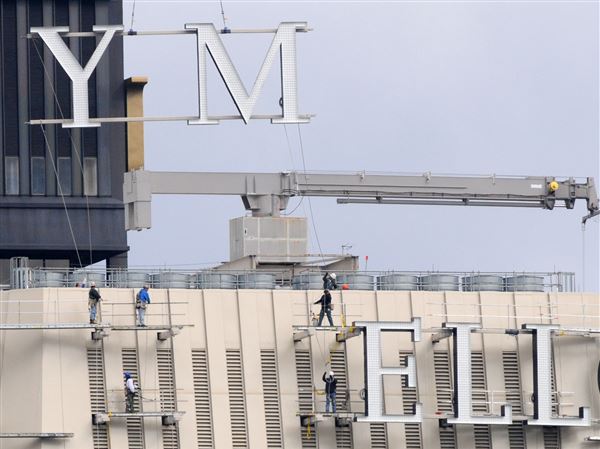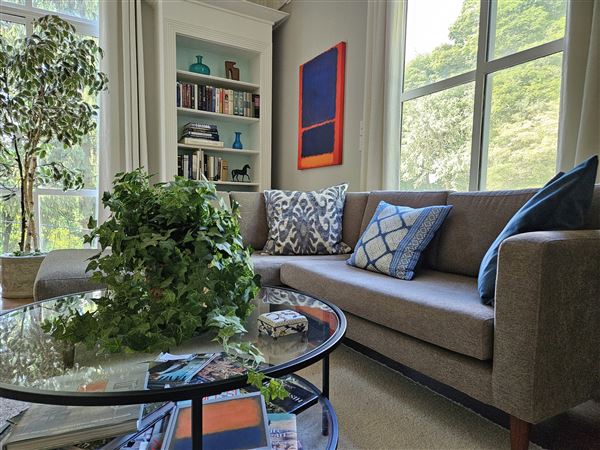Does your basement get wet every time a heavy rain storm blows through or when the ground becomes saturated?
Online Map:
Causes of damp or wet basements
Local experts say you should consider some inexpensive, common-sense ideas before you think about expensive fixes like French drains and sump pumps.
Rodney Harkness, an East End house inspector, said the secret to a dry basement is diverting water away from the house's foundation. Often, basic home maintenance will help take care of this.
"What I find is that the vast majority of serious problems are aggravated by poor maintenance. Gutters are clogged, downspouts are leaking, drains are clogged," said Harkness, who inspects homes all over the region.
"My philosophy is just don't let the water in," he said.
Ron Graziano, chief building inspector for Pittsburgh, said homeowners should consider flooding issues when they add porches, patios and additions.
He said homeowners make a mistake when they pour a flat slab of concrete alongside the house, without making sure that runoff water flows away from the foundation.
"If you pour a patio, you should slope it away from the house," Graziano said.
Harkness encouraged all homeowners -- whether their basements are wet or dry -- to build a soil curb around their foundations to help keep moisture out of their basements. This is done by mounding common clay around the foundation so it is six to eight inches higher at the wall of the foundation than it is two or three feet away.
He said clay, which is common in Pennsylvania, is impervious to water penetration and will help serve as a barrier to the water run-off. It can be covered with topsoil and vegetation.
Harkness said that once the soil curb is in place, the backfilled soil around the house will give up its moisture slowly.
He also recommended installing roof vents to allow moisture to escape from the house. He said these costs about $50 to $100 per vent.
He said installing a radon system also helps keep a basement dry because it sucks moisture and gases from the concrete floors and sidewalls. He estimated that such a system costs about $900 to be professionally installed.
Harkness said a French drain system often costs more than $2,500, including the cost of a sump pump system. He said these buried drainage systems, which collect and channel water, can solve problems, but also can create new ones if they clog or are improperly installed.
Guillermo Cole, Allegheny County Health Department spokesman, said homeowners in flood-prone regions sometimes hang appliances, such as water tanks and furnaces, from the rafters of their basements to protect them. Cole said he has talked to people who put 50-pound sandbags over their basement drains, to stop water from pouring in.
"I think it is worth a try," Cole said.
Harkness posts consumer information on his Web site, www.housecraft.com.
First Published: September 11, 2004, 4:00 a.m.














